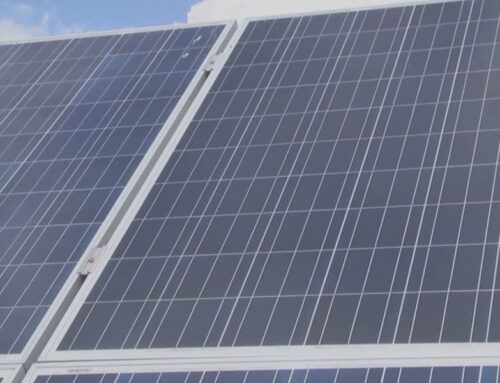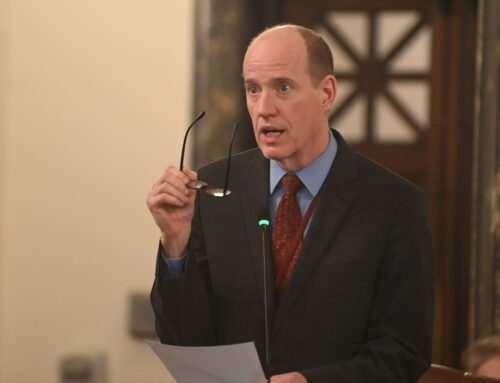Climate change is helping invasive species take root in Washington
January 2, 2025
Schuster said that the funding issue is due also, in part, to the public’s lack of knowledge about invasive plant species and the unique problems they present.
Climate change is progressive, according to Schuster: Invasive plants reduce biodiversity by pushing out native plants. This makes ecosystems less healthy and more susceptible to climate change.
Schuster said there are various ways invasive plants negatively affect urban areas like Seattle.
First, what little green space people have access to can get degraded by invasive plants.
“So that can be more of a social justice issue where what might have been an accessible, maybe forgeable, native forest remnant is now a holly or blackberry bramble, and so now you don’t have the nice thimbleberries and salmonberries that might have used to be there,” she said.
Another potential impact most people wouldn’t think of: Invasive plants that grow along roadways pose a threat to humans by reducing visibility for drivers, which increases the likelihood of car crashes.
Brian Darst, president of the Society for Ecological Restoration UW, said teaching residents more about which plants are invasive to their area is one of the best ways they can help stop the spread.
“In an ideal world, everyone would educate themselves on the types of plants they should and should not purchase for any given region,” Darst said. “That’s a really quick Google search, and everyone has access to that knowledge to make sure that we’re choosing plants that can work well within our broader ecosystem in this area.”
For example, English ivy, which is non-native to Washington, is one type of plant that is legally allowed to be sold in the state despite being considered invasive, Schuster said. People can buy these plants and put them in their yards without knowing they are likely to take over and spread into neighboring yards and even further into the community.
The Washington State Noxious Weed Control Board’s website has a list for Western Washington of non-invasive alternatives to common invasive plants. Some of their recommended alternatives include cardinal flowers, golden rain trees, Japanese irises, and climbing hydrangeas.
Pelliccia and Schuster recommended that residents who notice an invasive plant growing in their area report it through apps like iNaturalist or directly to their county’s Noxious Weed Control Board website. However, if the invasive plant is on a citizen’s own private property, Pelliccia said that the owner should remove it themselves.
Darst described the restoration work the Society for Ecological Restoration does removing invasive species and planting native ones. He said that what motivates himself and others to continue participating in these efforts is the feeling that they have made an impact in the face of climate change in just a few hours a week.
“It’s this very immediate, very tangible way that we can make a difference in our community and our local environment,” Darst said.
While climate change affects many aspects of the world around us, Larson wants people to notice the way invasive species fit into this challenge.
“If you are noticing more stress when you’re outside, walking around, [and you’re thinking,] ‘Gosh, it’s a lot hotter than last summer,’ it’s like, yeah, that also affects the environment,” he said. “Just kind of keep an eye on how it affects the other living things in your life, not just yourself and your friends and pets, but plants.”
Search
RECENT PRESS RELEASES
Related Post



